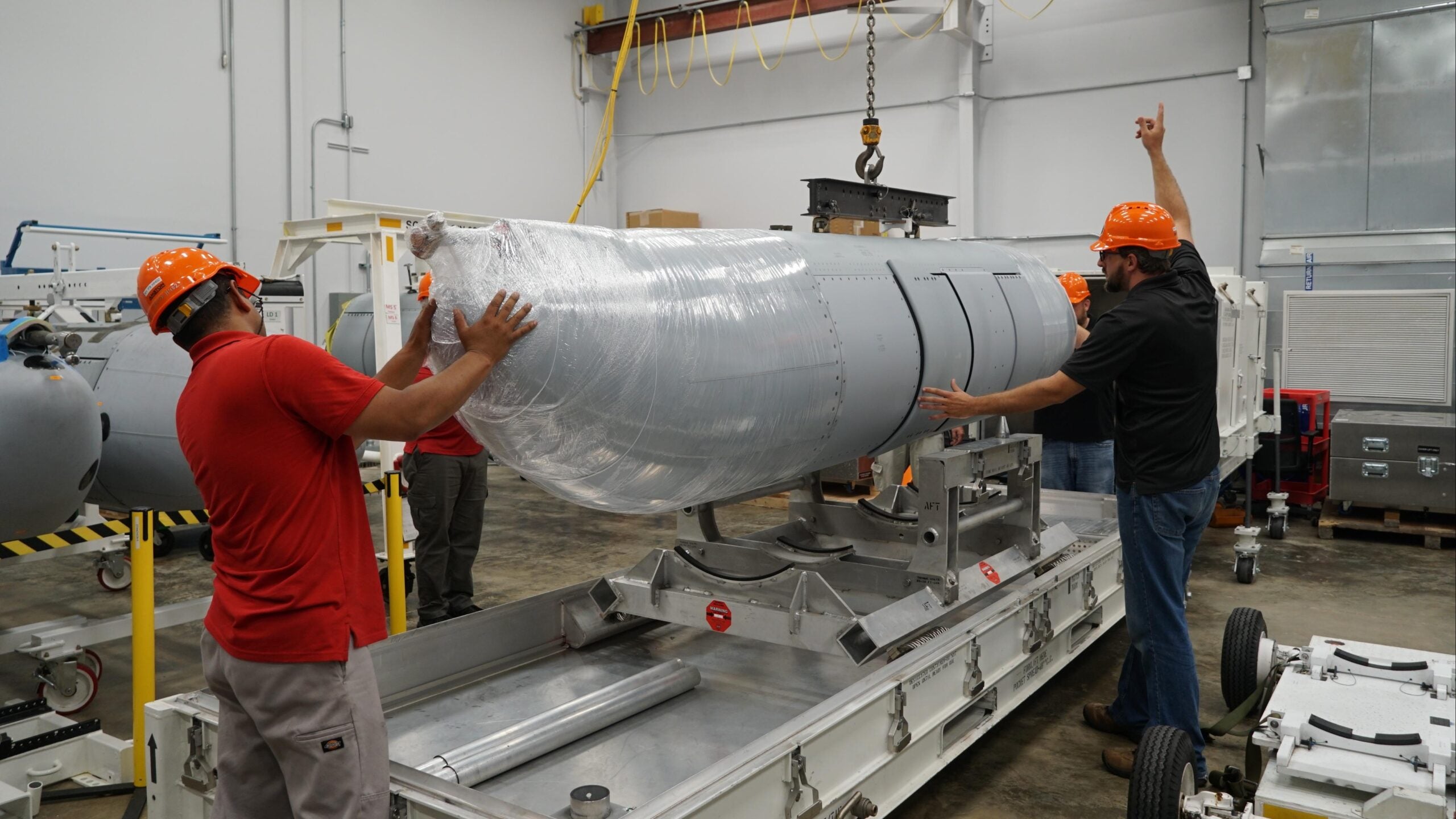
The US Navy has received its first set of AN/ALQ-249 next-generation jammer mid-band (NGJ-MB) production representative pods from Raytheon Intelligence & Space.
The fleet representative test pods, which make one NGJ-MB shipset, arrived at Naval Air Warfare Center Aircraft Division (NAWCAD), Patuxent River in Maryland on 7 July.
The pods were handed over to the Airborne Electronic Attack (AEA) Systems Programme Office (PMA-234) pod shop.
This shop will be responsible for using the test articles to complete the developmental test (DT) programme.
Following the completion of DT, PMA-234 will begin operational test (OT) that requires operationally representative hardware and software.
NAWCAD Air Test and Evaluation Squadron (VX) 23 AEA project officer lieutenant Alexander Belbin said: “We will test pods for everything we expect to encounter in the fleet.
How well do you really know your competitors?
Access the most comprehensive Company Profiles on the market, powered by GlobalData. Save hours of research. Gain competitive edge.

Thank you!
Your download email will arrive shortly
Not ready to buy yet? Download a free sample
We are confident about the unique quality of our Company Profiles. However, we want you to make the most beneficial decision for your business, so we offer a free sample that you can download by submitting the below form
By GlobalData“For example, the power they generate, frequency range they operate in, and the effects we can achieve against expected targets across the spectrum.”
The remaining DT will be carried out by VX-23 and VX-31 at NAWCWD, China Lake in California, while OT will be performed by VX-9 at Naval Air Weapons Station, China Lake.
The NGJ-MB is part of a larger system, designed to replace the traditional ALQ-99 Tactical Jamming System being used on the EA-18G Growler.
Until now, the NGJ-MB has completed over 300 hours of developmental flight testing, while 5,000 hours of chamber and lab testing, using engineering development models designed specifically for DT.
Raytheon will deliver a total of six shipsets to the US Navy.
After completing the flight test programme, the pods will be sent to the fleet in alignment with the first low-rate initial production shipsets for achieving initial operational capability, which is expected late next year.



